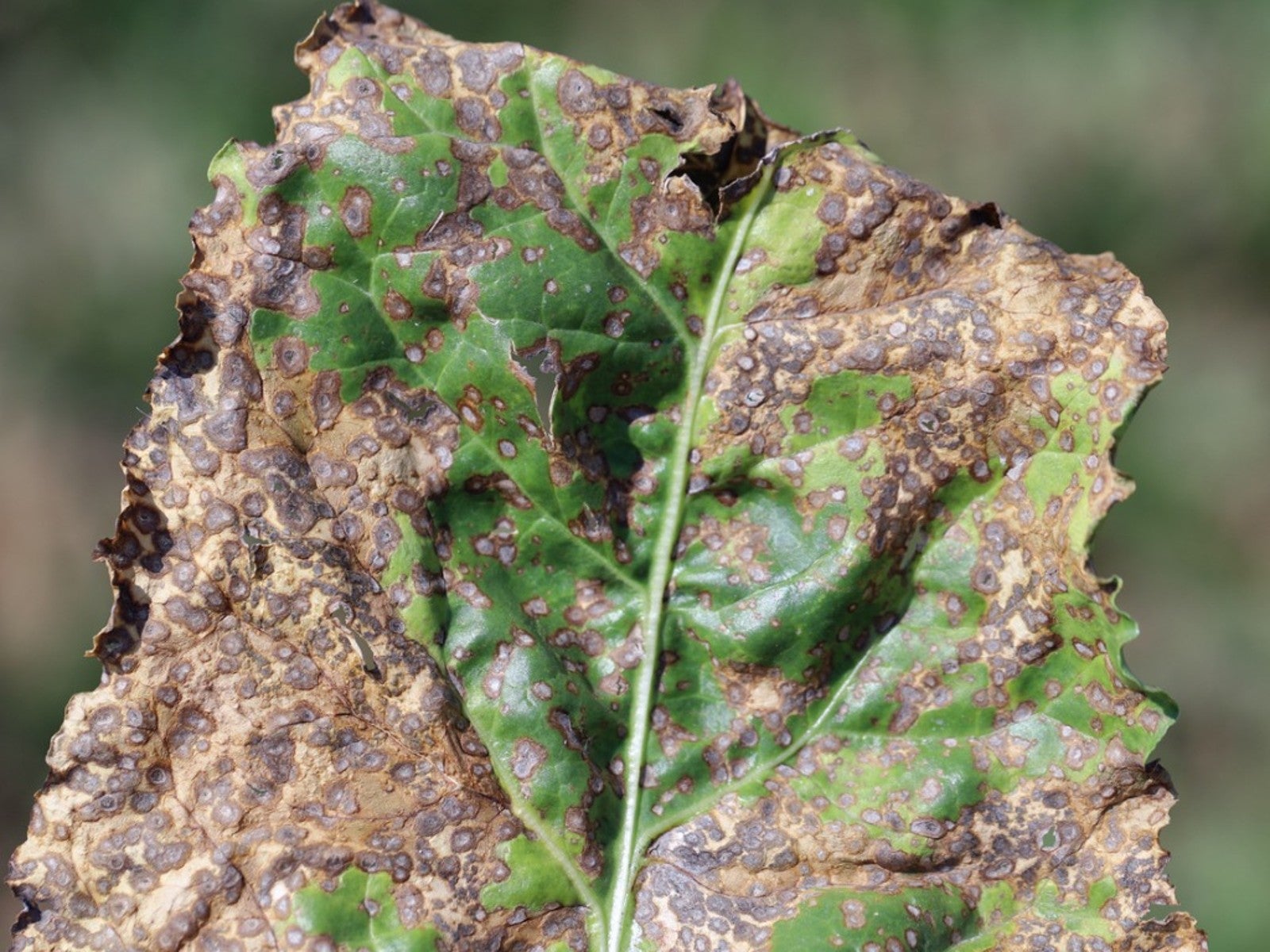Beet Cercospora Spot - How To Treat Cercospora Spot On Beets


Beets and their colorful cousins, the chards, are beautiful and nutritious additions to your homegrown dinner table, but things don’t always go as planned with this family of root vegetables. Sometimes the weather isn’t on your side and instead favors beet Cercospora spot, a fungal pathogen that can cause both foliar damage and reduce yields considerably. Whether you’ve had beets with Cercospora spot in the past or suspect it in this year’s crop, we can help you tame it!
Cercospora Spot on Beets
Cercospora spot on beets can be pretty frightening to see in your crop, especially if you didn’t realize what it was at first and let the small spots spread before making a move. Fortunately, your crop should be able to weather this storm, but you must start by making a positive identification today. You’ll know beet Cercospora spot by the small, pale, circular to oval spots with purple or brown borders.
As these little spots spread, they can grow together to form larger, misshapen areas of dead tissue. More mature spots will also have visible black reproductive structures known as pseudostromata at their centers, though you may need a magnifying glass to be sure. When these spots fruit, they’re covered in colorless, fuzzy spores, which can then infect healthy plants. Heavily infected leaves may turn yellow or simply wither and die.
Noticing Cercospora spot symptoms early can mean the difference between successful treatment and another year of lost beet crops.
How to Treat Cercospora Spot
If your beets are just now showing signs of Cercospora spot, you’re in a fortunate place because treatment can help them dramatically. There are two important things to keep in mind when treating Cercospora spot, however.
First, you need to read the package insert for your chosen fungicide(s) so you’re aware of how long to wait before harvesting your bounty.
Secondly, it’s important to rotate fungicides since many strains of Cercospora spot have developed resistance. However, rotating different types of fungicide, like pyraclostrobin, triphenyltin hydroxide, and tetraconazole throughout the growing season can help overcome this resistance. Keep in mind that treating your beets with a fungicide will not correct any damage that has already occurred, but it can prevent new spots from erupting.
Sign up for the Gardening Know How newsletter today and receive a free copy of our e-book "How to Grow Delicious Tomatoes".
Over the long term, you can reduce your risk of Cercospora spot by practicing a three year crop rotation, removing or plowing under all old or dead vegetation both during the growing season and post-harvest, and using more Cercospora spot resistant varieties. Trying a few different varieties of beets next season will not only provide a lot more eye-catching color in your beet garden but will allow you to test various beets for their resistance in your local climate.

Kristi Waterworth was a regular contributor to Gardening Know How for many years, answering countless queries on plant pests and diseases.